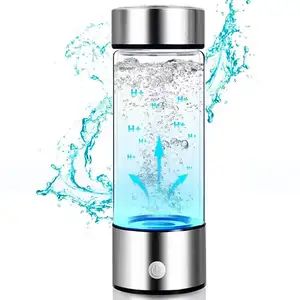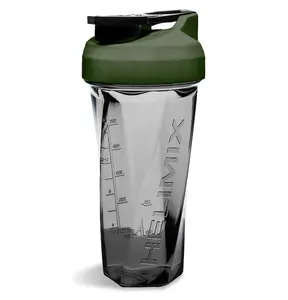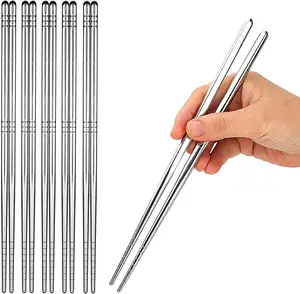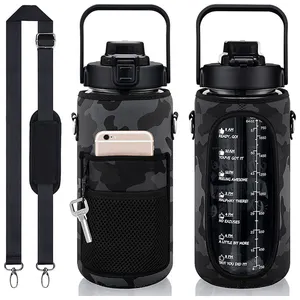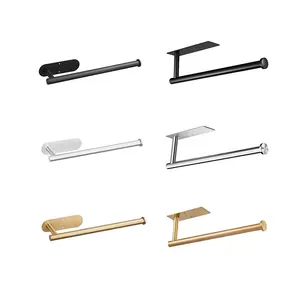Popular in your industry


























































Related Searches:






































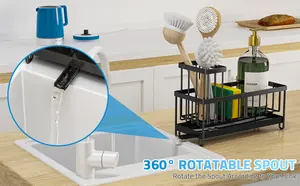




















































































Top categories
About sponge holder
A sponge holder is an essential tool for maintaining an organized and hygienic kitchen or bathroom environment. This seemingly simple product is designed to store sponges, scrubbers, or dishcloths in a convenient and accessible manner, ensuring that these cleaning tools dry properly and remain free from bacteria and odor. With a variety of materials, styles, and installation types, sponge holders are a versatile addition to any cleaning regimen.
Types and Characteristics of Sponge Holders
When it comes to types, the sponge holder market offers a plethora of options. There are holders designed specifically for use within the kitchen, such as the kitchen sponge holder sink, which often features a built-in compartment for dish soap or brushes. Bathroom variants might include suction cup designs for easy attachment to tiled surfaces. For commercial settings, larger, more robust units are available, capable of holding an array of cleaning tools. Each type is crafted with specific environments and uses in mind, ensuring that whether for a small apartment kitchen or a large restaurant, there is a sponge holder suited to the task.
Structure and Operation of Sponge Holders
The structure of a sink caddy is typically straightforward yet ingenious. A standard sponge holder for kitchen sink might consist of a base that allows water to drain, preventing moisture accumulation. Some models include an adjustable strap or suction cups for attachment directly to the sink or tiles. Others might feature a magnetic mechanism for adherence to metal surfaces. The operational design ensures that sponges are held securely while allowing for adequate airflow, which is vital for drying and preventing mildew.
Materials and Their Properties
The materials used in sponge holders are selected for their durability and resistance to the moist environments they will inhabit. Stainless steel is a popular choice for its rust-resistant properties and sleek appearance. Silicone holders offer flexibility and are often mold-resistant, making them a hygienic choice. ABS and PP plastics are lightweight and cost-effective, with some models offering antimicrobial coatings for additional protection. Each material is chosen not only for its functional benefits but also for its environmental impact, with many brands opting for sustainable, recyclable, or eco-friendly materials.
Business Usages and Applications
In the business realm, sponge holders find their place in a variety of settings. In the food service industry, they are indispensable for maintaining health and safety standards. Specialty stores might use designer sponge holders as part of their decor, while in office settings, they help keep communal kitchens tidy. The business value of a well-chosen sponge holder lies in its ability to promote cleanliness and organization, contributing to a professional and welcoming environment.
Functions and Tasks
The primary function of a sponge holder is to store cleaning implements in a way that allows them to dry efficiently, thus prolonging their life and preventing the spread of germs. Some holders are designed with multiple compartments, allowing users to separate sponges from brushes or other cleaning tools. This segregation can help prevent cross-contamination between tools used for different cleaning tasks.
Features and Unique Selling Points
Distinct features of sponge holders include their design and additional functionalities. A kitchen sink caddy might boast a drip tray to catch excess water, or a ventilated design to speed up drying times. Some have adjustable components to fit various sink sizes, while others are collapsible for easy storage. These unique selling points differentiate them from competitors and cater to specific user needs.
Benefits and Positive Outcomes
The benefits of using a sponge holder are numerous. They help in maintaining a more sanitary cleaning tool by ensuring that sponges dry properly, reducing the likelihood of bacteria growth. They also contribute to a clutter-free countertop, which can enhance the overall aesthetic of a kitchen or bathroom. For businesses, this translates to improved hygiene standards and a more organized workspace.
How to Use and Operate Effectively
Effective use of a sponge holder involves placing it in a location where it can facilitate proper airflow around the sponge, ensuring quick drying. For those with suction cups, it's important to attach them to a clean, dry surface to prevent slipping. Holders with adjustable straps should be fitted snugly to prevent the holder from moving and to keep the sponge in place.
How to Choose the Right Model
Selecting the right sponge holder involves assessing the size of the area where it will be used, the type and number of sponges or tools it needs to accommodate, and the preferred material and design. For instance, a stainless steel model might be best for a sleek, modern kitchen, while a plastic model could be more suitable for a family bathroom due to its durability and ease of cleaning.
How to Clean and Maintain
Cleaning a sponge holder is typically a simple process. Most can be rinsed under running water and wiped down with a cloth. For a deeper clean, especially for holders with intricate designs or multiple compartments, a soft-bristled brush can be used to remove any buildup. Regular cleaning not only maintains the appearance of the sponge holder but also its functionality and hygiene.
How to Install
Installation of a sponge holder varies by type. Suction cup models require a clean, smooth surface for adherence. Magnetic types need a metal surface to attach to, while over-the-sink models might require adjusting the arms or straps to fit securely. Following the manufacturer's instructions will ensure that the holder is installed correctly and securely.
Target Audience and Meeting Needs
The target audience for sponge holders is quite broad, encompassing anyone who values cleanliness and organization in their living or working space. For the eco-conscious consumer, holders made from sustainable materials are appealing. In contrast, those in the food service industry might prioritize durability and ease of cleaning. Understanding the needs and preferences of the target audience is key to selecting the right sponge holder.
What are the benefits of using a sponge holder?
The benefits of using a sponge holder are manifold. Firstly, it promotes better hygiene by allowing sponges to dry fully, reducing the risk of bacteria and mold growth. Secondly, it helps in organizing cleaning tools, making them easily accessible and preventing sink clutter. Lastly, the right sponge holder can also enhance the aesthetics of the space, contributing to a cleaner and more orderly environment.
How does a sponge holder contribute to kitchen organization?
A sink dish sponge holder contributes significantly to kitchen organization by providing a designated spot for sponges and cleaning tools, which might otherwise clutter countertops and sink edges. By keeping these items neatly stored and within reach, it streamlines the cleaning process and maintains the tidiness of the kitchen area.
Are sponge holders suitable for all types of sinks?
Yes, sponge holders are designed to be versatile and can accommodate a wide range of sink types and sizes. Whether it's a large farmhouse sink or a smaller bathroom basin, there are sponge holder options available that can be adjusted or installed to suit various configurations, ensuring that any sink can be equipped with this useful tool.
